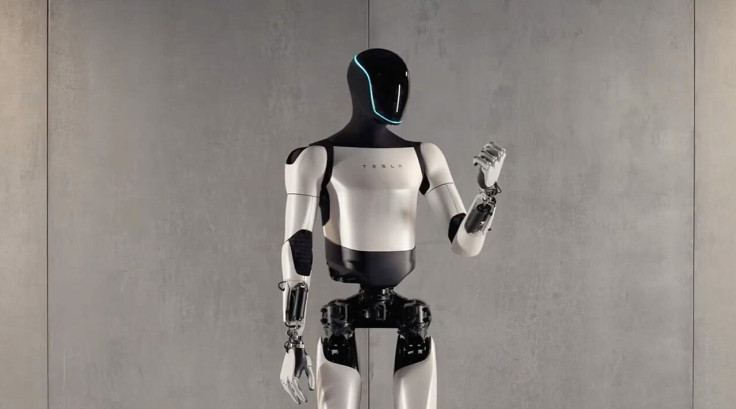Tesla Optimus Steps Into the Spotlight: From Times Square to the Factory Floor
Tesla Optimus moves beyond factories as its capabilities and impact grow.

The era of the purely industrial robot is over. Once confined to assembly lines and labs, the next generation of humanoid AI is stepping out into the world, ready for everything from customer service to household chores.
Leading this profound shift is the Tesla Optimus, a bot that recently traded its sterile manufacturing environment for the neon chaos of Times Square, engaging the public with a handful of Halloween sweets.
This event is merely the latest in a series of real-world deployments. Over recent years, Tesla Optimus has moved from serving drinks at We, Robot Day to greeting guests and serving popcorn at the Tesla Diner in Los Angeles.
These moments are more than just publicity stunts; they boldly demonstrate the robot's versatility and readiness for customer-facing tasks, highlighting how Tesla Optimus is entering new industries that stretch well beyond automotive manufacturing.
Tesla Optimus's Service Industry Journey: Building Real-World Skills
Unlike other industrial robots, Tesla Optimus is being trialled across both commercial and residential settings. From household chores as an at-home assistant to aiding factory floors with repetitive and potentially hazardous tasks, this robot was designed for adaptability.
CEO Elon Musk describes the robot's capabilities as pivotal to Tesla's ambitions, suggesting it could become 'the biggest product of all time'.
During Tesla's Q3 2025 earnings call, Musk reiterated the company's faith in Tesla Optimus, underscoring its ability to operate continuously at the engineering headquarters in Palo Alto, California—a testament to its improving reliability and autonomy.
Even so, development is ongoing, with the most formidable challenge centred around recreating the dexterity of the human hand and forearm.
Musk called the human hand 'an incredible thing', stressing the immense complexity in mimicking these capabilities for Optimus. Executing the fine motor tasks essential for warehouse work, manufacturing, and even customer service continues to drive Tesla's engineering push.
Just saw Optimus in Times Square handing out candy to people! Pretty cool $tsla pic.twitter.com/Eg5Q8KH17H
— Will Coggins (@Patient_Profits) October 27, 2025
Advancing AI and Engineering: How Tesla Optimus Pushes the Limits
The rapid evolution of Tesla Optimus is underpinned by Tesla's advanced AI systems, originally developed for self-driving vehicles. These deep learning models now empower Optimus with keen environmental awareness, balancing motor skill finesse and navigational autonomy.
Industry insiders are especially excited for the third-generation model slated for 2026, promising surgical-level precision for fields like healthcare and the potential for use on space missions.
Strategic leadership shifts within the Optimus programme—now overseen by Autopilot chief Ashok Elluswamy—underscore Tesla's project to fuse robotic and automotive AI efforts as it prepares to build thousands of robots annually.
Physically, Optimus is built to manage loads up to 45 pounds, and its articulated hands deliver a level of dexterity rare among humanoid robots. This positions Tesla Optimus not only for use in hazardous environments but also as a companion for tasks in the home or business, reflecting Tesla's growing ambitions in robotics and AI.
Leadership and Production: Aiming to Make Tesla Optimus Ubiquitous
With Tesla striving to mass-produce 5,000 units in 2025, industry watchers and investors are paying close attention. Musk projects that Tesla Optimus could ultimately contribute up to 80% of Tesla's value by 2030, a bold claim amid leadership changes and ongoing development hurdles.
The robot's increasing presence in public signals both imminent commercialisation and a bold step towards real-world integration of advanced humanoid AI.
Facing Challenges: The Road Ahead for Tesla Optimus
Despite significant optimism, challenges remain. Fine-tuning the hands and forearms, scaling production, and ensuring real-world dependability continue to test Tesla's R&D teams.
Musk's vision includes both domestic and extraterrestrial applications, from household chores to roles on board missions to Mars. As public demonstrations become more frequent and visible, Tesla's progress with Optimus is set to provoke debate on workforce transformation and ethical robotics.
© Copyright IBTimes 2025. All rights reserved.





















